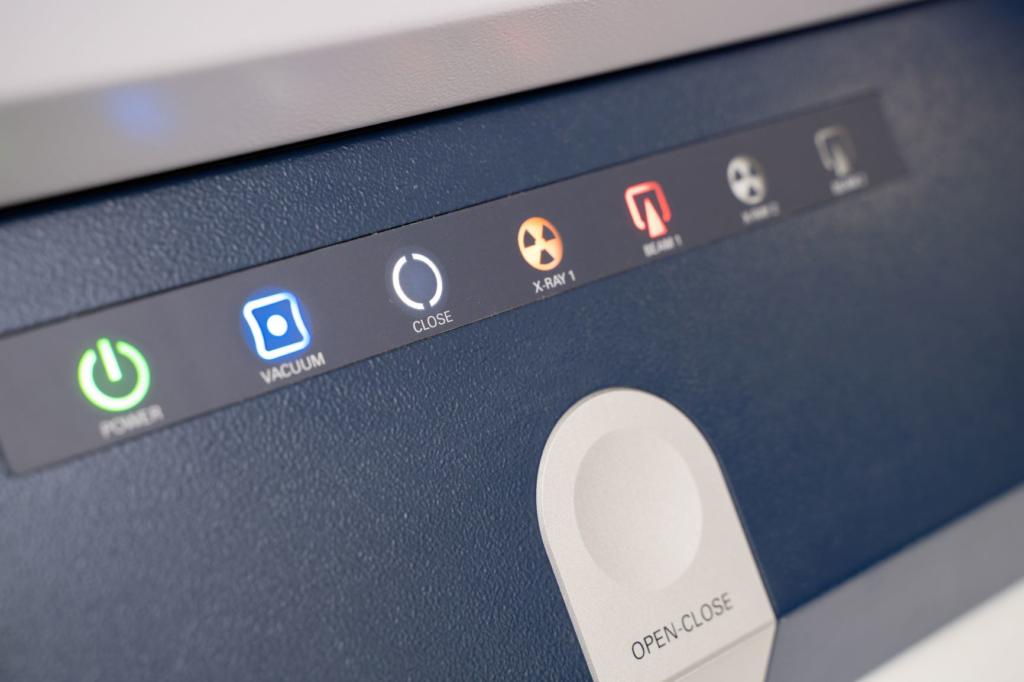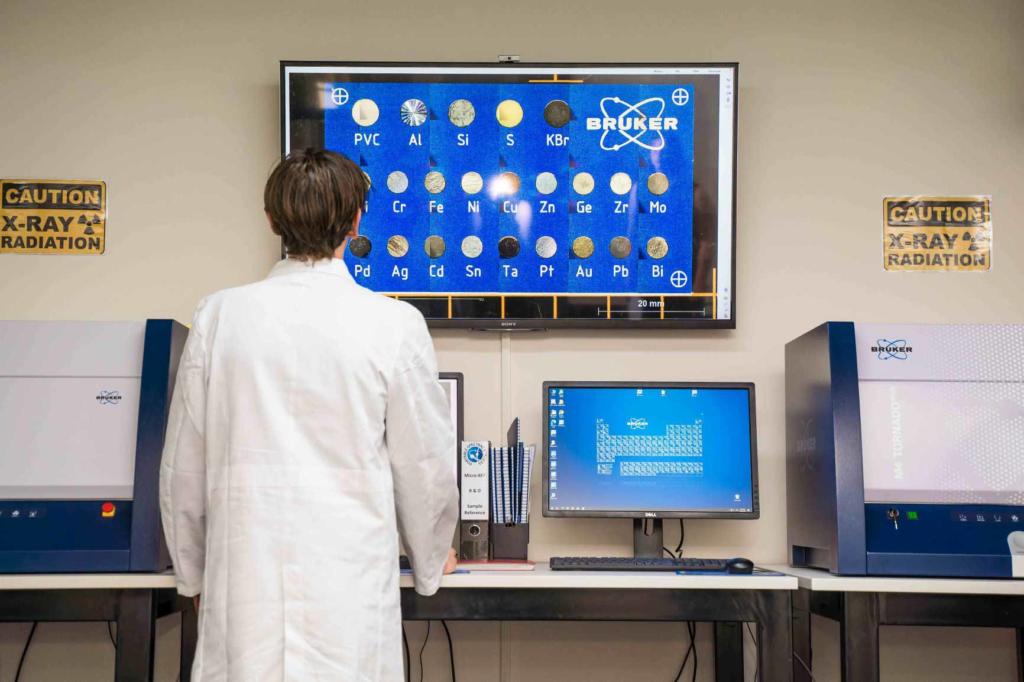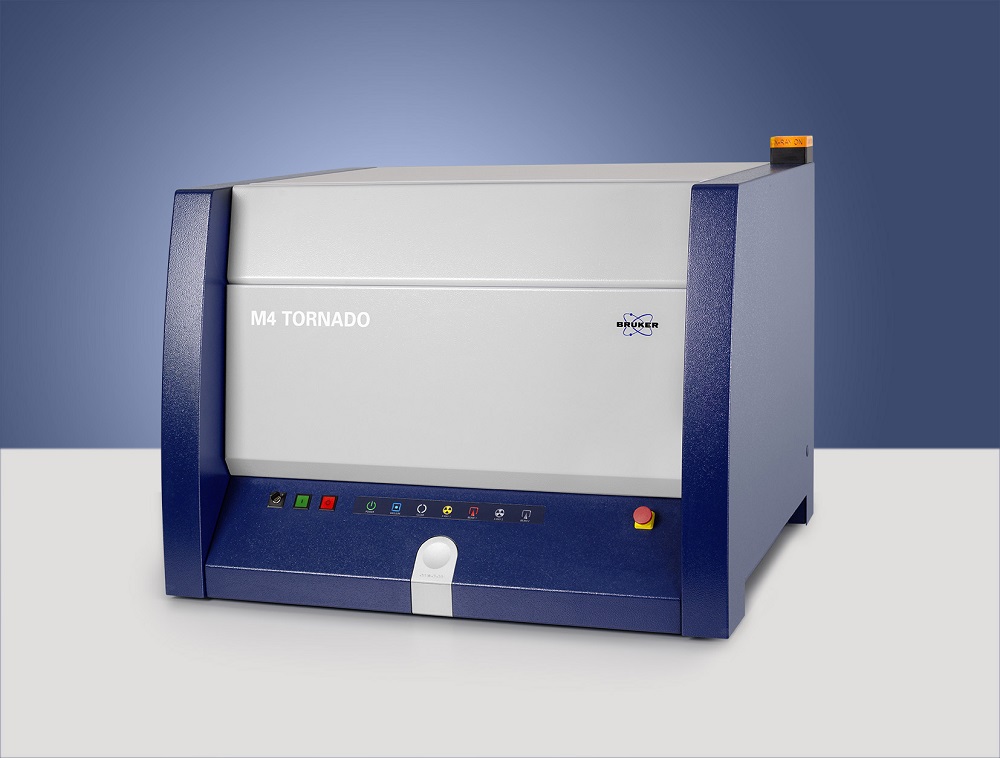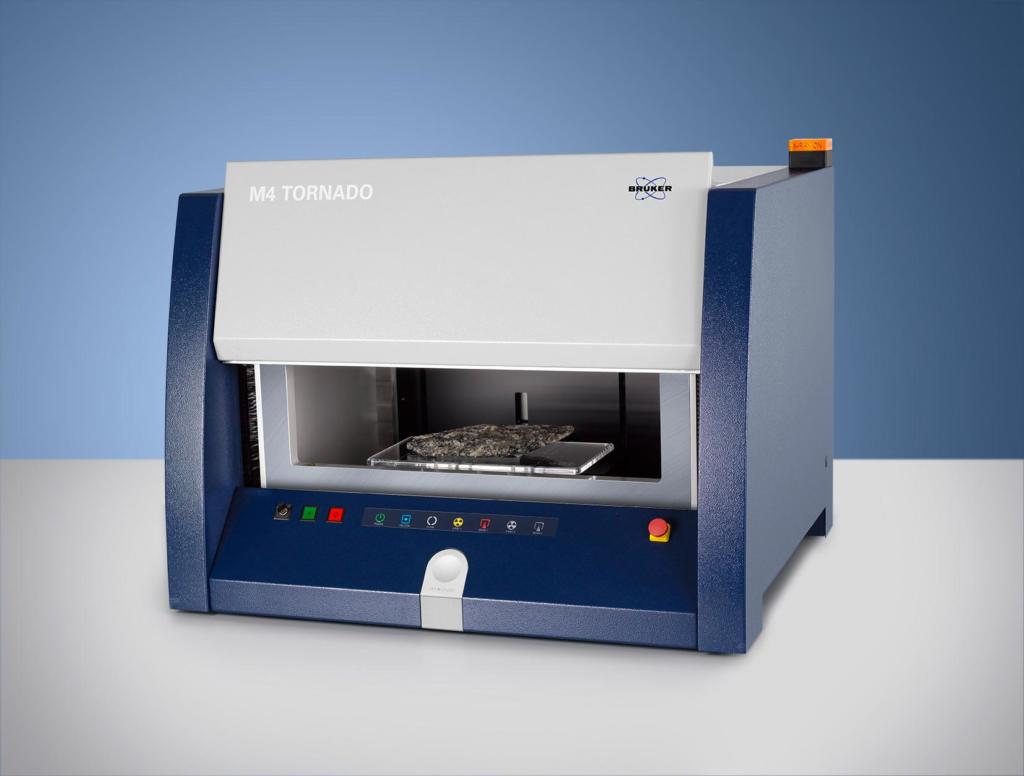Home | M4 TORNADO
Micro XRF is a rapid technique for acquiring qualitative and quantitative data at a very high spatial resolution (µm scale). The technique is rapid and non-destructive, and is used to quickly acquire qualitative and quantitative geochemical data at high spatial resolution (i.e. mm-scale). The M4 TORNADO is able to detect from sodium (Na) to uranium (U), making this the ultimate non-destructive tool available. Measurements are collected under vacuum or normal atmospheric conditions (air), with quantification limits ranging from parts per million to percentage.




Advanced Mineral Identification & Characterisation System known as AMICS, is a software that can provide advanced semi-quantitative information on mineral abundance, assay grade, grain size and distribution, in addition to visualisation of the textures and spatial arrangements of the minerals.
A single dataset collected by the μ-XRF can provide both chemical information and mineralogy at a micro-scale in a spatial context. This offers detailed knowledge of samples to develop an advanced understanding of a deposit. Further to this, the practicality of μ-XRF use for commercial purposes advantageously bridges the gap between the small scale of Scanning Electron Microscopy (SEM), and analysis at the meter scale.
